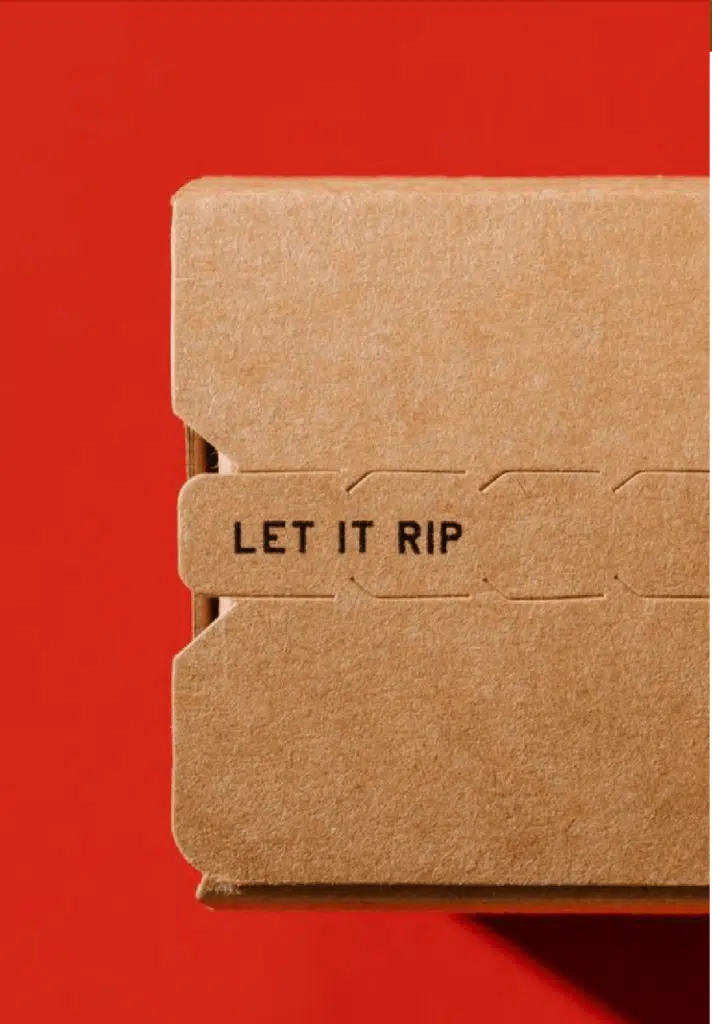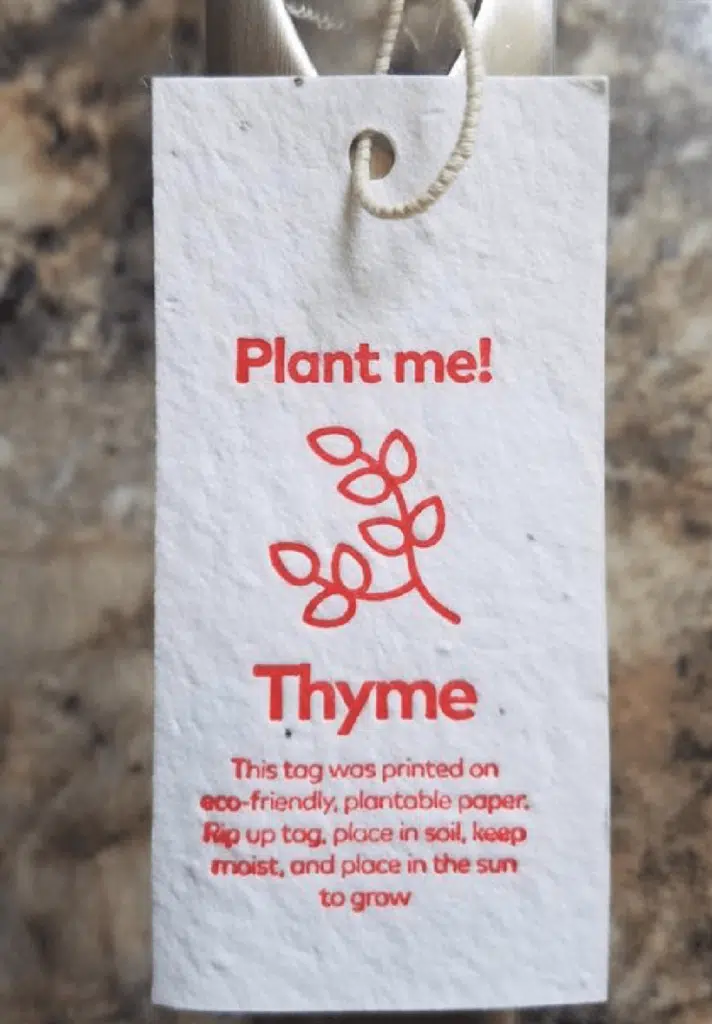Sustainable Paper for Branding: 5 Eco-Friendly Options to Consider
When we think about branding, print materials like paper, ink, and packaging are hard to avoid. Although many brands primarily live online, most still use physical branding items, whether it’s sustainable packaging, stationery, or promotional materials. Today, sustainable branding isn’t just a trend—it’s a commitment to reducing environmental impact and connecting with consumers who value eco-friendly practices. Choosing sustainable paper or eco-friendly alternatives is an intentional way to reflect a company’s dedication to environmental stewardship.
On my own search for sustainable paper options, I discovered many choices, each with unique benefits. So, what is the “sustainable paper” choice? And what factors make one choice more sustainable than another? Let’s explore five great alternatives to conventional paper, each with its character, features, and environmental impact.
Content of this article
- No Print – obvious choice
- Paperwise
- Kraftpaper
- Recycled cardboard
- Seedpaper

1. The Obvious: Go Digital (No Prints at All)
The most sustainable option of all—avoid physical paper products and branding items by going digital or keeping them to an absolute minimum.
- Sustainable choice?
- Pro’s and Con’s
- Best for:
Definitely. By reducing or eliminating physical materials, brands can significantly lessen their environmental impact, particularly when digital options effectively meet branding needs.
Pros:
- Zero waste, making it the lowest environmental impact option
- Cost-effective for brands, eliminating print costs
- Reduces production needs and associated emissions
Cons:
- Limited physical presence, which may not resonate with all customers
- Some brand identities may require tangible materials to create lasting impressions
Digital-savvy brands or those with a minimalistic approach that can engage their audience online effectively.

2. PaperWise: Sustainable Paper from Agricultural Waste
PaperWise is a unique sustainable paper option made from agricultural waste, which reduces the need for tree-based paper production.
- Sustainable choice?
- Pro’s and Con’s
- Best for:
Yes. By repurposing agricultural waste, PaperWise prevents deforestation and reduces the environmental footprint of conventional paper production. It’s a great choice for brands looking to reduce their carbon footprint with sustainable paper.
Compared to FSC paper from wood fibers: – 231 kg (-20%), CO2-equivalents
Compared to recycled paper: – 756 kg (-45%), CO2-equivalents
Pros:
- Uses waste material, minimizing environmental impact
- High-quality, versatile option suitable for various branding needs
- Easily recyclable after use
Cons:
- Limited availability, depending on location
- Can be slightly pricier than traditional paper options
Brochures, leaflets, and sustainable packaging, especially when quality and durability matter.
3. Kraft Paper: Durable and Rustic Paper
Kraft paper is a strong, brown paper often made from wood pulp through an eco-friendly process. It’s typically unbleached, which reduces chemical use and enhances its sustainability.
- Sustainable choice?
- Pro’s and Con’s
- Best for:
Yes. Kraft paper’s production involves fewer chemicals, and it’s usually recyclable and biodegradable, making it a good option for brands prioritizing sustainable paper.
Pros:
- Biodegradable and compostable, adding to its eco-friendliness
- Durable and naturally aesthetic, ideal for rustic or minimal designs
- Versatile for various branding applications
Cons:
- Limited printing options (dark inks work best)
- Not always recyclable if coatings or finishes are added
Gift wrapping, bags, and packaging where a rustic, eco-friendly look aligns with the brand image.


4. Recycled Cardboard and Paper: Reliable and authentic
Recycled cardboard and paper are made from previously used paper and cardboard products, often incorporating high post-consumer content.
- Sustainable choice?
- Pro’s and Con’s
- Best for:
Yes. By repurposing existing materials, recycled paper and cardboard avoid the resource demands of virgin paper production. It’s an excellent sustainable paper choice for eco-conscious brands.
Pros:
- Reduces waste by using post-consumer materials
- Biodegradable and typically recyclable
- Durable for various packaging and branding applications
Cons:
- May have a different look than traditional paper, which may not suit all aesthetics
- Recycled fibers can weaken with reuse, limiting durability
Shipping and product packaging, especially for brands committed to sustainable practices and eco-friendly branding.
5. Seed Paper: Sustainable Paper That Grows
Seed paper is a biodegradable paper embedded with seeds, so when planted in soil, it decomposes, and the seeds grow into plants.
- Sustainable choice?
- Pro’s and Con’s
- Best for:
Absolutely. Seed paper not only avoids waste but also adds value by creating life after its use. It often incorporates recycled paper fibers, further enhancing its sustainability. This choice is ideal for brands seeking a memorable, interactive sustainable paper option.
Pros:
- Adds a unique, interactive experience to branding
- Fully biodegradable, leaving no waste behind
- Potential to support reforestation or pollinator-friendly plants
Cons:
- Not suitable for all branding items due to fragility
- Higher costs compared to conventional paper
Small, single-use items like thank-you notes, business cards, or tags where you want a lasting impression and an environmentally friendly choice.

How to choose the Right Sustainable Paper for Your Brand?
Each of these sustainable paper options offers distinct environmental benefits, but the best choice depends on your brand’s goals, aesthetic, and budget. Going entirely digital minimizes waste, while options like PaperWise, Kraft paper, and recycled paper provide tangible, eco-friendly solutions. For the most interactive experience, seed paper takes branding to the next level by creating life from paper.
Ultimately, a balanced approach—mixing digital branding with sustainable paper products—can provide visibility with minimal environmental impact. By making intentional sustainable paper choices, your brand can reflect its commitment to a greener future and connect with consumers who value eco-conscious practices.
Join me on the journey to zero waste, maximum impact branding!